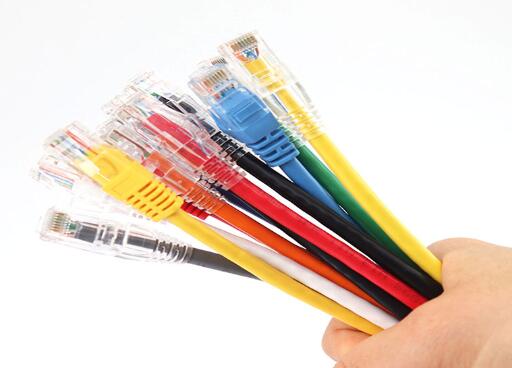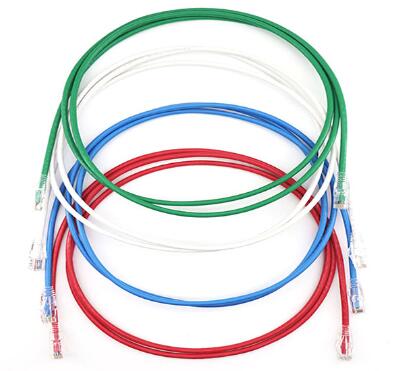Unveiling the Characteristics and Types of Copper Cables
Copper cables are the unsung heroes of modern connectivity, enabling the seamless transfer of information, power, and data across a wide range of applications. As one of the most widely used materials in the cable industry, copper offers exceptional conductivity, flexibility, and durability. In this article, we delve into the characteristics and types of copper cables, shedding light on their diverse uses and contributions to our interconnected world.
Copper's Conductivity: Powering Connections
Copper is an excellent conductor of electricity, making it an ideal material for cables. Its high electrical conductivity allows for efficient and low-loss transmission of power and signals. Copper cables have the ability to carry high current loads without significant energy loss, ensuring reliable and stable connections in various applications.
Twisted Pair Copper Cables: Reliable Communication
Twisted pair copper cables are commonly used in telecommunications and networking applications. They consist of multiple pairs of insulated copper wires twisted together, which helps reduce electromagnetic interference. Twisted pair cables come in different categories, such as Category 5e and Category 6, offering varying levels of performance and data transfer rates.
Coaxial Copper Cables: Efficient Signal Transmission
Coaxial copper cables are widely used for video and audio transmission, as well as cable television and broadband internet. These cables consist of a central conductor surrounded by an insulating layer, a metallic shield, and an outer insulating jacket. The coaxial design provides excellent signal integrity and protection against external interference, ensuring high-quality transmission over long distances.
Copper Power Cables: Reliability and Safety
Copper power cables are extensively used for electrical power transmission and distribution. These cables are designed to handle high current loads and are available in various configurations, including single-core and multi-core constructions. Copper power cables offer excellent conductivity, reliability, and resistance to environmental factors, ensuring safe and efficient power distribution in residential, commercial, and industrial settings.
Fiber Optic Hybrid Cables: Combining Copper and Light
Fiber optic hybrid cables combine the benefits of copper and fiber optic technologies. They feature copper conductors for power transmission and fiber optic strands for high-speed data transfer. These cables are commonly used in applications where both power and data connectivity are required, such as in telecommunications and industrial automation systems. The hybrid design allows for efficient and cost-effective integration of power and data transmission in a single cable.
Conclusion
Copper cables, with their exceptional conductivity and versatility, form the backbone of modern connectivity. Whether in telecommunication networks, power distribution systems, or data centers, copper cables play a vital role in enabling seamless communication and power transfer. As technology advances, copper cables continue to evolve, adapting to the ever-growing demands of our interconnected world and powering the digital age. We are a copper cable supplier. If you are interested in our products, please contact us now!
If you are interested in sending in a Guest Blogger Submission,welcome to write for us!




Comments
0